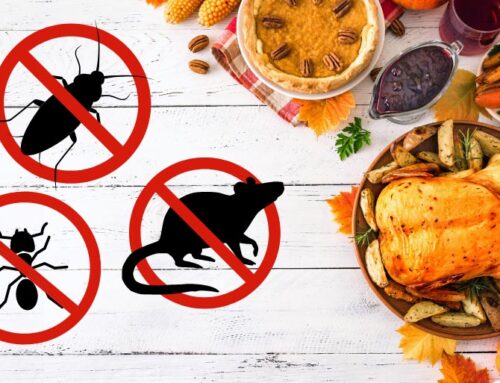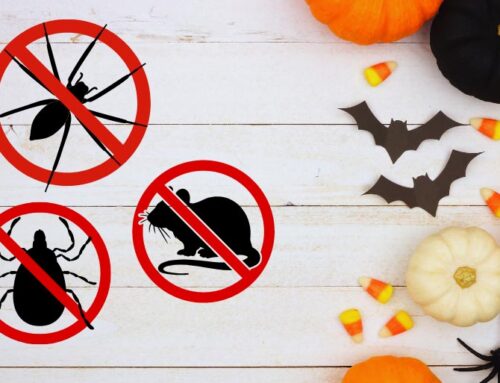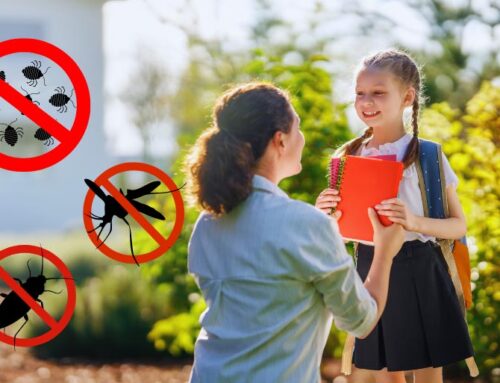If pests have invaded your attic, it’s not just about removing them—you also need to address the contaminated insulation.
Attic insulation and pest control are vital for eliminating health risks from droppings, urine, and chewed materials, which can also affect your home’s energy efficiency.
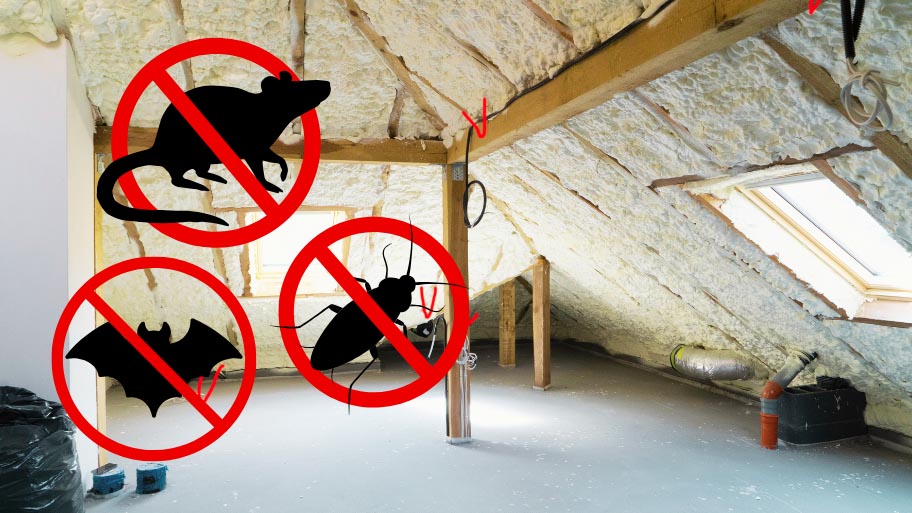
By replacing it, you’re ensuring a safer, more comfortable home environment. Now, let’s explore how addressing this issue can protect your home and family.
Why Removing Contaminated Attic Insulation Is Essential
Addressing the health risks and hidden dangers caused by pests is essential to keeping your home safe and comfortable. But how can you know if your attic insulation has been compromised?
In the next section, we’ll walk you through the tell-tale warning signs that indicate it’s time to remove and replace your insulation.
Signs Your Attic Insulation May Be Contaminated
If pests have made their way into your attic, catching the signs early can help you avoid further issues.
Here are some key indicators that your insulation may be compromised and in need of replacement:
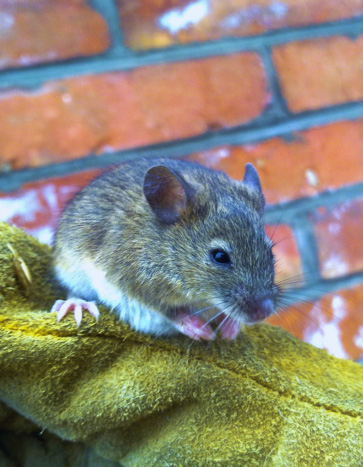
Droppings and Stains
Visible droppings and urine stains are a major red flag.
Not only do they impact air quality, but they also show that pests have been present long enough to cause contamination.
If you spot these, it’s likely time to replace your insulation.
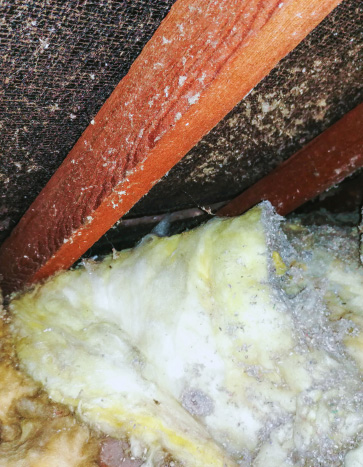
Damaged or Chewed Insulation
Pests tend to chew, tear, or shred insulation when nesting.
If you notice insulation that looks damaged or disturbed, it’s no longer doing its job to protect your home.
Chewed insulation is also a clear sign that pests have been tunneling through.
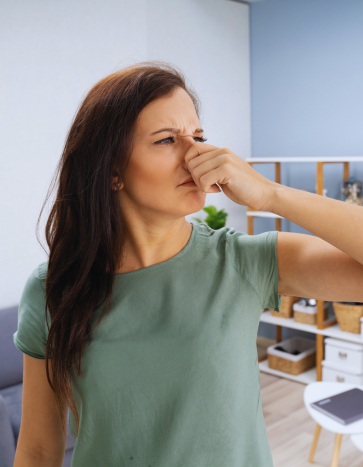
Foul Odors from the Attic
Unpleasant smells—caused by droppings, urine, or even decaying pests—can seep into your home.
If you detect strong odors from your attic, it’s a sign that the insulation may be contaminated and needs immediate attention.
Identifying these signs early can prevent bigger problems down the line. However, recognizing contamination is just the first step.
Once you’ve spotted the signs, the next important phase is safely removing the affected insulation and replacing it with pest-resistant materials to ensure long-term protection for your home.
In the next section, we’ll guide you through the process—from inspection to removal, and installing new insulation that keeps pests out.
The Process of Removing Contaminated Attic Insulation
Handling contaminated insulation isn’t something you should take on yourself.
It requires the right expertise and equipment to ensure that harmful contaminants aren’t spread throughout your home.
A professional attic insulation pest control service can safely remove the damaged materials, ensuring your attic—and the air you breathe—remains clean and safe.
1. Inspection: Identifying Affected Areas
The process begins with a thorough inspection to locate all areas contaminated by pests.
This step ensures that professionals catch every sign of infestation, including droppings, urine stains, and chewed insulation, so no part of the problem is missed.
2. Safe Removal of Contaminated Insulation
Once the affected areas are identified, professionals carefully remove the contaminated insulation using specialized equipment.
Attic insulation pest control professionals use tools like HEPA vacuums and protective gear to contain harmful particles, preventing them from spreading through your home during the removal process.
3. Disinfection and Decontamination
After the insulation is removed, the attic must be disinfected to eliminate any remaining bacteria, viruses, or allergens.
Professional-grade disinfectants are used to ensure the space is fully cleaned, reducing any health risks before new insulation is installed.
4. Installing New, Pest-Resistant Insulation
The final step is installing fresh, pest-resistant insulation. This material helps prevent future infestations while also restoring your attic’s energy efficiency.
By choosing insulation treated with pest-repelling substances, you add an extra buffer of protection against future pest problems.
Benefits of Replacing Contaminated Insulation
Replacing contaminated insulation doesn’t just solve the immediate pest problem—it provides long-lasting benefits for your home and health.
Breathe Cleaner Air
Contaminated insulation traps dust, allergens, and harmful particles from pest droppings.
Simply removing the old insulation clears away those health hazards, but installing new, clean insulation makes sure your home’s air stays fresh.
This helps your family breathe easier and reduces the risk of allergies or respiratory issues.
Lower Your Energy Bills
Old or damaged insulation makes it harder for your home to remain warm in winter and cool in summer.
By upgrading to modern, energy-efficient insulation, your home stays comfortable year-round while lowering your utility bills. The result? More comfort and savings for you.
Keep Pests from Coming Back
New insulation isn’t just about comfort—it’s also about prevention.
Many insulation materials today are designed to repel pests, making it harder for them to come back.
By upgrading to pest-resistant insulation, you’re protecting your home from future infestations and keeping it safe from further damage.
Frequently Asked Questions About Attic Insulation and Pest Control
Here are answers to common questions homeowners have about attic insulation pest control, so you can better understand what to expect and how to protect your home.
Do I need to remove all of my attic insulation if I find pests?
How often should I check my attic for pest infestations?
How does pest-resistant insulation stop infestations?

About the Author
Blake Marshall, Owner/Operator of Bobcat Wildlife and Pest Control, Waterloo. A skilled tradesman turned pest expert, Blake launched the franchise in 2020. With a motto of excellence, he ensures superior pest solutions in Waterloo and beyond. His dedication and diverse experience make Bobcat a trusted choice for wildlife and pest management.

